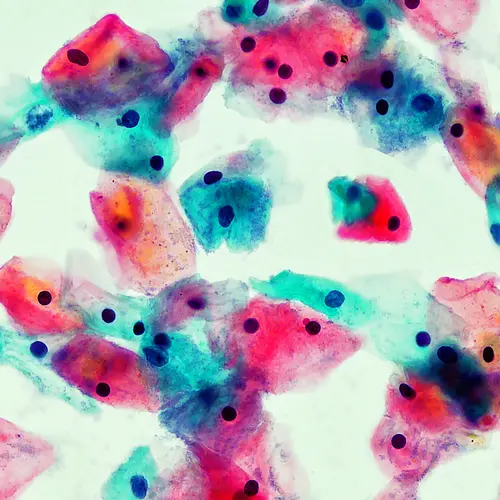Lymph node metastasis occurs in "metastatic" lymph nodes, lymph nodes that have been infected by cancer from elsewhere in the body.
A part of the immune system, lymph nodes are tiny ovals placed throughout your body. When you have cancer, your doctor will check your lymph nodes to see if the cancer has metastasized.
What Are Lymph Nodes?
The lymph nodes act as filters for infections, cancer cells, and disease. This happens through the lymph vessels, which transport fluids throughout the body as needed. Lymph fluids have immune cells that fight off and kill germs as they are carried into the body. Various lymph nodes are located throughout the body in locations such as the neck, armpit, abdomen, and groin.
Everyone has hundreds of lymph nodes. These hundreds of lymph nodes are all connected. The lymph fluid within each of your lymph nodes is similarly interconnected. The lymph fluid in the armpit, for instance, will flow toward your chest, as will the fluid from all of the lymph nodes in your body. Your lymph nodes can be located deep in your body or closer to the surface.
What Is Lymph Node Metastasis?
Lymph node metastasis may happen in a few ways:
- Nearby lymph node cancer. There are cases in which cancer is found in the lymph nodes near the primary cancer site. Whenever you get cancer surgery, your surgeon will always remove parts of your lymph nodes near the surgery site to test them and make sure there are no cancer cells inside them. If you have cancer cells in your lymphatic system, you are much more likely to face a recurrence of your cancer.
- Secondary cancer in the lymph nodes. Secondary cancer is cancer that comes from cancer in a different part of the body. The way that it spreads is via the blood or lymph fluid.
- Secondary cancer in far away lymph nodes. Sometimes, cancer cells from the primary cancer site can sneak out and travel quite far from the initial site. If these cells settle, this is then called secondary or metastatic cancer. Under a microscope, these cells will look the same as the original cells. So, for example, if you have pancreatic cancer and a cell that spreads to another part of your body through your lymphatic system, it will look like a pancreatic cancer cell.
What Are the Symptoms of Lymph Node Metastasis?
Lymph node metastasis symptoms can vary widely. Typically, one or more of your lymph nodes will become hard or swollen.
However, due to the variance of size and location of your lymph nodes, you might not even feel anything. This is especially true of lymph nodes located deep inside your stomach or internal organs. However, if your affected lymph node presses on organs or structures, you may have symptoms.
When the lymph nodes press on the blood vessels, it can interfere with how the blood moves and lead to blood clotting. You may have:
- Redness
- Pain
- Swelling
- Trouble breathing
- Chest pain
Cancer cells can interfere with the passage of lymph fluid throughout your body. In the most severe cases, this happens in your arms or legs and is called lymphedema. As a result, you will notice swelling in those areas.
Otherwise, you might also have generalized cancer symptoms like:
- Loss of appetite
- Weight loss
- Fatigue
Do Metastatic Lymph Nodes Continue to Grow?
If cancer cells settle in your lymph nodes, they will continue to grow if they are not treated.
Often, you will be able to feel the affected lymph nodes, or your doctor will be able to see which lymph nodes are enlarged. If not, your doctor may need to do an imaging test or scan to find lymph node metastasis.
In some cases, you could either get a biopsy or a lymph node dissection. A biopsy is when one of your lymph nodes gets removed, whereas a node dissection is when many lymph nodes get removed. You may also need to get the following treatments to make sure your cancer does not come back:
- Chemotherapy
- Immunotherapy
- Target therapy
- Radiation

